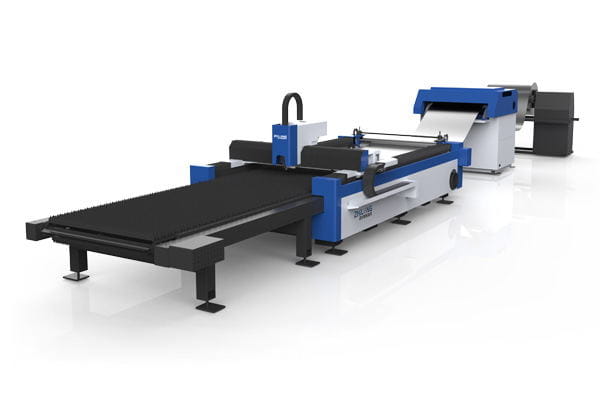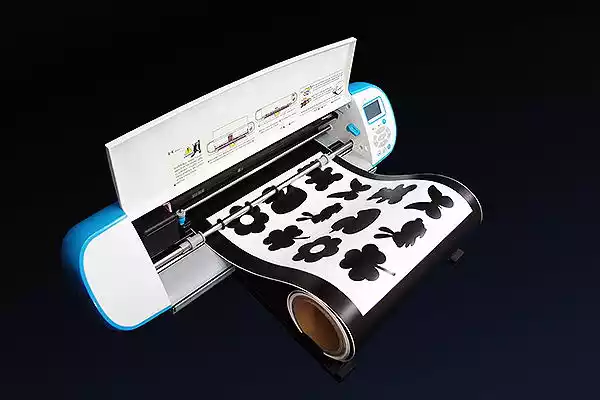Laser cutting machines have revolutionized manufacturing processes across various industries due to their precision, speed, and versatility. However, operating these machines requires careful attention to safety protocols and proper procedures to ensure efficient and effective results. In this article, we will outline the correct operating procedures for laser cutting machines to maximize productivity while prioritizing safety.

Pre-Operation Checks
Before starting the laser cutting process, it is essential to conduct thorough pre-operation checks to ensure that the machine is in optimal condition. These checks include:
- Inspecting the machine for any visible signs of damage or wear.
- Checking the alignment of mirrors and lenses to ensure proper beam delivery.
- Verifying the cleanliness of the optics to prevent distortion or obstruction of the laser beam.
- Ensuring that the work area is free from any flammable materials or obstructions.
- Checking the availability of necessary safety equipment, such as goggles and fire extinguishers.
Material Preparation
Proper material preparation is crucial for achieving accurate and clean cuts. This involves:
- Selecting the appropriate type and thickness of material for the desired application.
- Ensuring that the material is securely fastened to the cutting bed to prevent movement during the cutting process.
- Removing any protective coatings or films from the material surface that may interfere with laser cutting.
- Cleaning the material surface to remove dust, debris, or contaminants that could affect cut quality.
Machine Setup
Setting up the laser cutting machine correctly is essential for achieving consistent results. This includes:
- Setting the appropriate laser power and cutting speed parameters based on the material type and thickness.
- Adjusting the focal length of the laser beam to ensure optimal cutting performance.
- Calibrating the machine to compensate for any variations in material thickness or surface irregularities.
- Performing test cuts on scrap material to fine-tune cutting parameters and verify cut quality.
Safety Procedures
Safety should always be a top priority when operating laser cutting machines. Key safety procedures include:
- Wearing appropriate personal protective equipment (PPE), such as safety glasses and gloves, to protect against laser radiation and flying debris.
- Ensuring that the work area is well-ventilated to dissipate any fumes or smoke generated during the cutting process.
- Following lockout/tagout procedures when performing maintenance or servicing the machine to prevent accidental startup.
- Never leaving the laser cutting machine unattended during operation to minimize the risk of accidents or fires.
Operating Techniques
Mastering proper operating techniques is essential for maximizing productivity and achieving high-quality cuts. This involves:
- Starting the cutting process gradually to allow the laser beam to pierce through the material smoothly.
- Monitoring the cutting progress closely to ensure that the machine is operating correctly and that the cut is progressing as intended.
- Making adjustments to cutting parameters as needed to optimize cut quality and minimize production time.
- Pausing periodically to remove any slag or debris from the cutting area to prevent interference with subsequent cuts.
Post-Operation Maintenance
After completing the cutting process, it is essential to perform post-operation maintenance to keep the machine in good working condition. This includes:
- Cleaning the optics and cutting bed to remove any residue or buildup that could affect future cuts.
- Inspecting the machine for any signs of wear or damage and addressing any issues promptly.
- Lubricating moving parts as needed to ensure smooth operation and prevent premature wear.
- Documenting any maintenance or adjustments made for future reference.
Conclusion
Proper operation of laser cutting machines requires adherence to correct procedures and safety protocols at every step of the process. By following the guidelines outlined in this article, operators can ensure efficient operation, minimize the risk of accidents, and produce high-quality cuts consistently. Remember, safety should always be the top priority when working with laser cutting machines.


